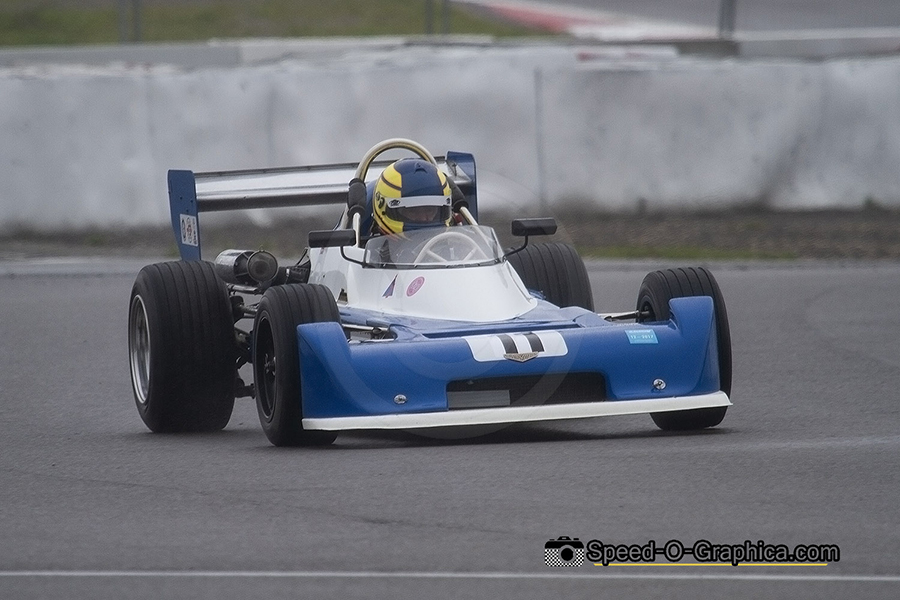Formula 3: The Origins, 1971-1984 Part 4: Chevron
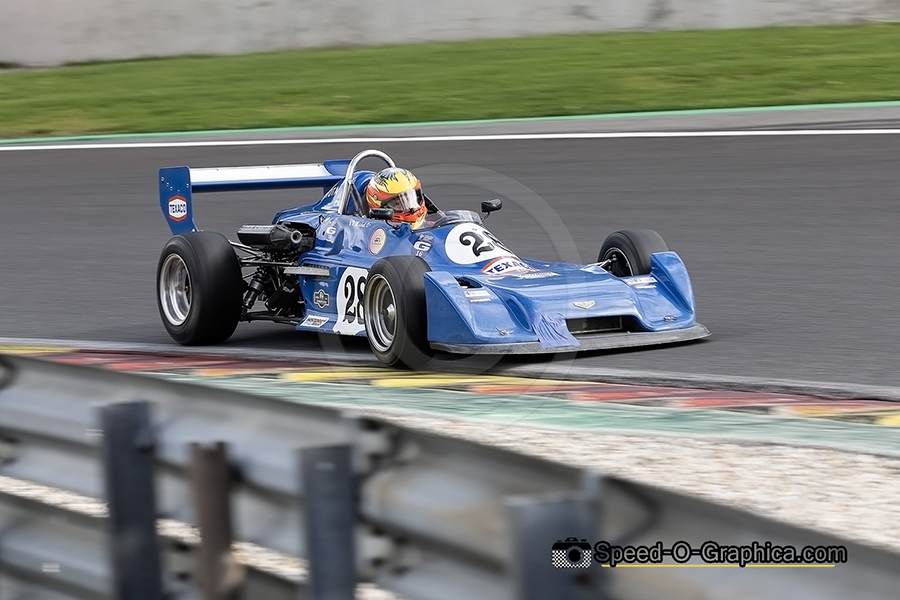
In the fourth part of our retrospective on the origins of Formula 3 between 1971-1984, we take a closer look at Chevron, one of several British manufacturers that dominated Formula 3 during the late seventies and early eighties.
Chevron Racing Cars was founded by Derek Bennett in 1965 and built a reputation for single seaters, competing successfully in Formula 2, Formula 3 and Formula 5000, as well as building some interesting small capacity sports cars. Sadly, Bennett died in an accident in 1978 and although Chevron continued for a time, the company went into liquidation in 1980. The company was then bought by a consortium of Scottish racing drivers and continued to produce spare parts for the range of Chevron cars, designing and building some cars as well (Sports 2000, Formula Atlantic).
However, the acquired company did not last long and Chevron Racing Cars Scotland Ltd. was liquidated in 1983. Roger Andreason and Tim Colman bought all the assets and from 1983 until 2006 over 100 new cars were produced. Chevron Cars Ltd was split into two separate limited companies in December 2012.
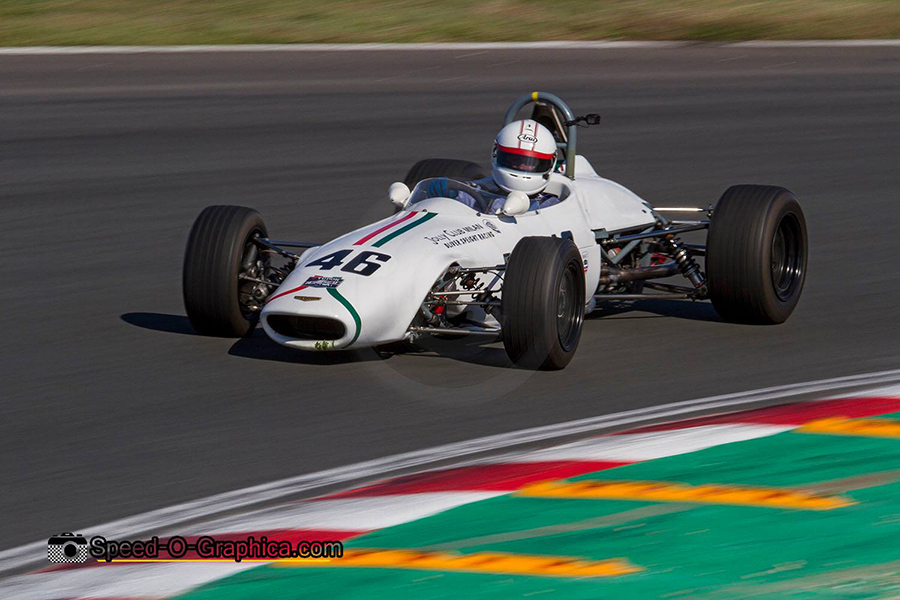
Chevron’s first Formula 3 car was the B7 from 1967, although their first open wheel car was actually meant to race in Formula 2. Powered by a four cylinder Climax engine, the B7 debuted in the late summer of 1967. At that time the European championship was in full swing, and the B7 would prove to be unsuccessful, but it became the basis for the B9, Chevron’s first successful car.
The Chevron B9 from 1968 was the company’s first production single seater and an upgraded version from the earlier B7. Chevron built a total of 8 B9 cars that were originally equipped with a four cylinder Cosworth MAE engine with a displacement of 997 cc that generated around 110 horsepower. When the car debuted in 1968 it proved to be very successful, especially in the British Formula 3 championship.
A year later the Chevron B15 appeared on the scene, which evolved from the B9B and was similarly successful, especially in international competitions. Chevron applied a piece of technology to this model that was previously applied to the B8, a GT car. The B15 had sheet steel spot-welded around the cockpit area to the spaceframe. Despite understeering that required a different style of driving the car, the B15 was arguably the fastest F3 car in 1969. Fourteen cars were built, followed by a single B15C, constructed from the last B15.
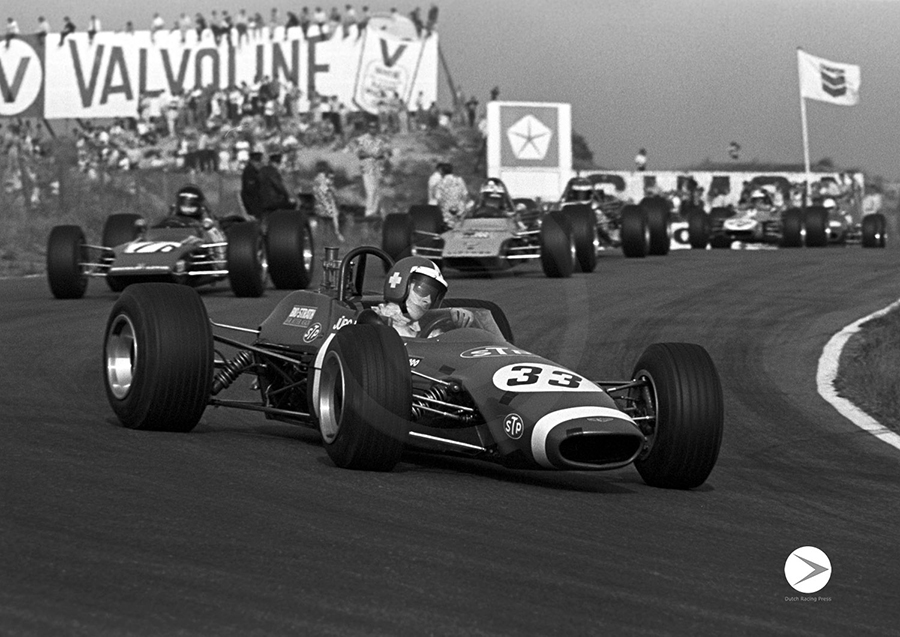
© Winau Berkhof / Dutch Racing Press
Next up was the Chevron B17 from 1970, a development of the B15 featuring a tidied engine cover, new uprights and a stiffened centre section. Wings could be fitted front and rear for aerodynamic improvement. In the end nine cars were built.
The Chevron B18 appeared in 1971 and was a multi-purpose single seater built for Formula 2, Formula 3 and Formula Atlantic. It was Chevron’s first car to use a monocoque construction and was very distinctive, with a wing mounted on the nose. While perhaps not the best looking car, it was very successful in Formula 2 and the British Formula Atlantic championship. In the end seven B18s were built along with a B18B for use in Formula B.
Just like the earlier B18 was the Chevron B20 meant for Formula 2, Formula 3 and Formula Atlantic. The B20 was based on the B18 and initially equipped with a full-width nose. Unfortunately, success lagged behind and Chevron subsequently left Formula 3 until 1976.

Although the Chevron B34 was designed for Formula Atlantic, the car was also available for use in Formula 3. It was Chevron’s first F3 car with a 2-litre engine, designed by Derek Bennett, since the 1 litre engine was removed from the regulations. It was Ricardo Patrese who won the World Karting Championship at that time and won the European title with a B34.
Chevron introduced the B38 in 1977 as a refinement of the B34 and a total of 28 cars were built. Derek Daly claimed the British Formula 3 Championship in 1977 as Elio de Angelis took the Italian Championship. The B38 had exceptionally good driving characteristics, especially in the rain.
The B43 was presented and, unlike the previous successful models, was anything but popular. Poor set up options were a sticking point, and only a very limited number of cars appeared on circuits in England.
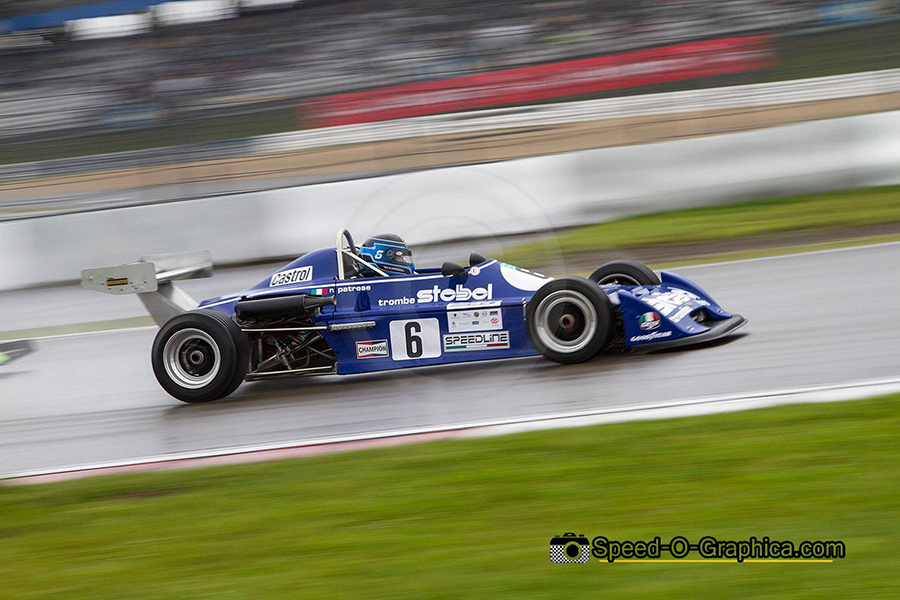
Despite this, Chevron still managed to score a number of victories in Europe. Chevron attempted a modified rear suspension, although this also did not lead to significant improvements.
The B47 was actually the last model with which Chevron participated in Formula 3. Tony Southgate created the design, although due to budgetary constraints he had to focus on the existing B43. Despite its fickleness, the final B47 still managed to score a number of victories in the hands of Bernard Devaney. A modified nose section and side pods with raised sides led to B47B, although the modifications did not lead to significant improvements.
For the new 1980 season, Chevron had the noble plan to present the B53, but nothing further came of it as a plan. In fact, the Formula 3 book with the B47B was already closed for Chevon.
In the next episode we will highlight manufacturer Cooper.
